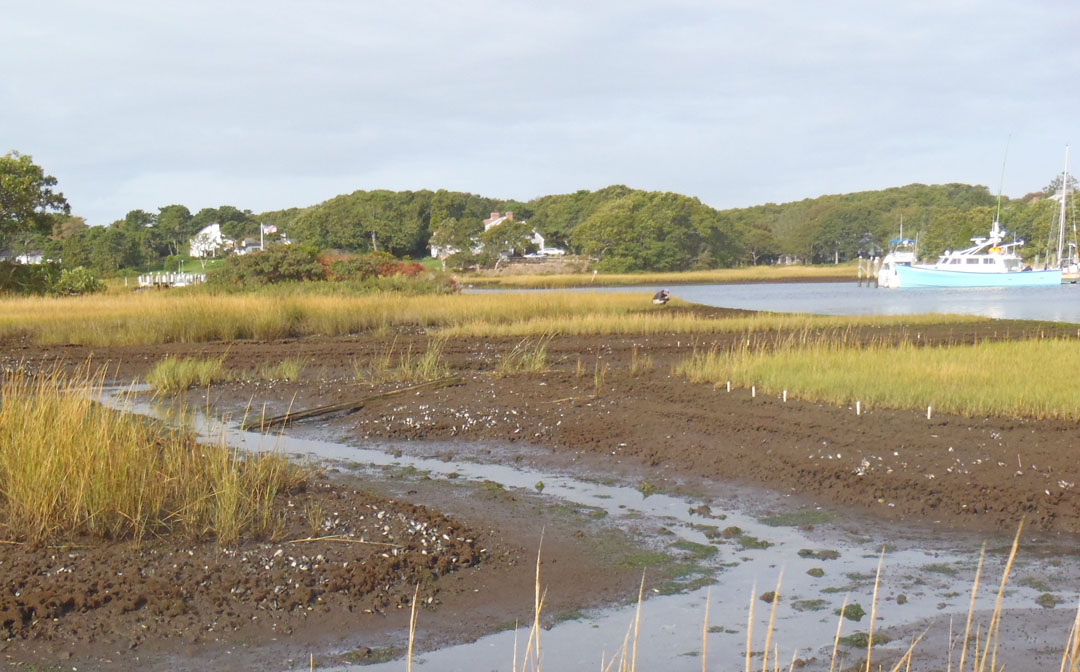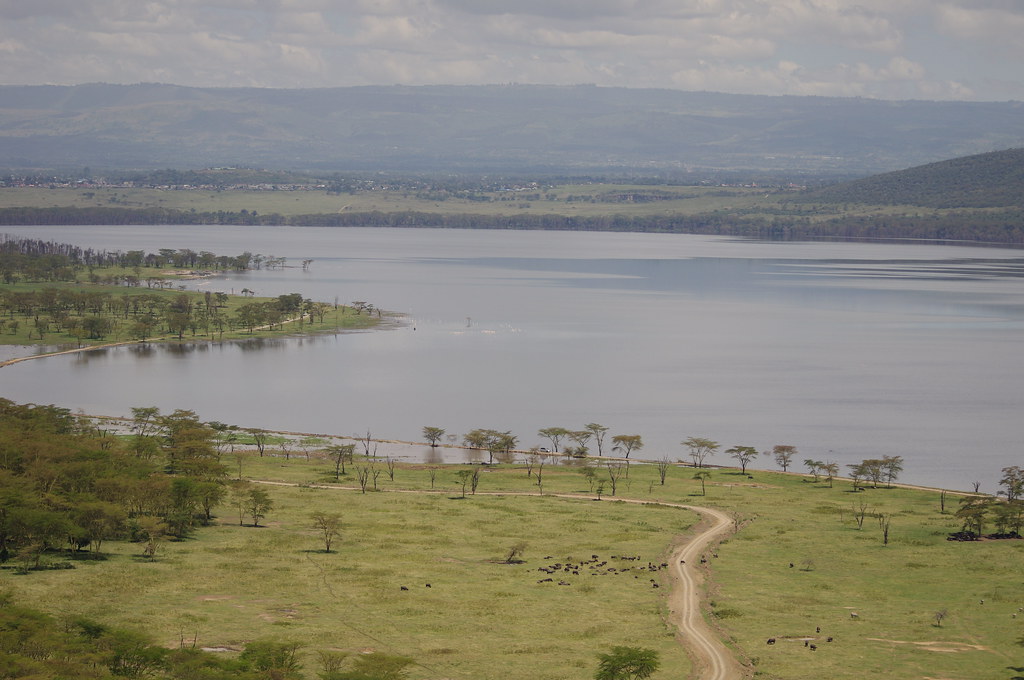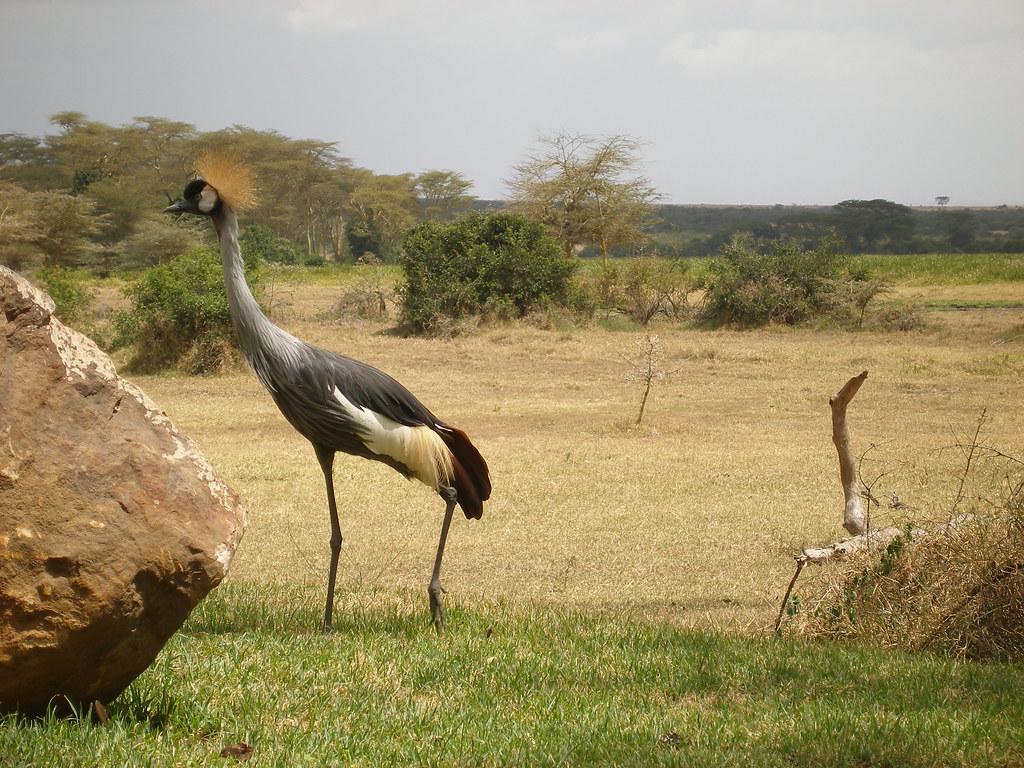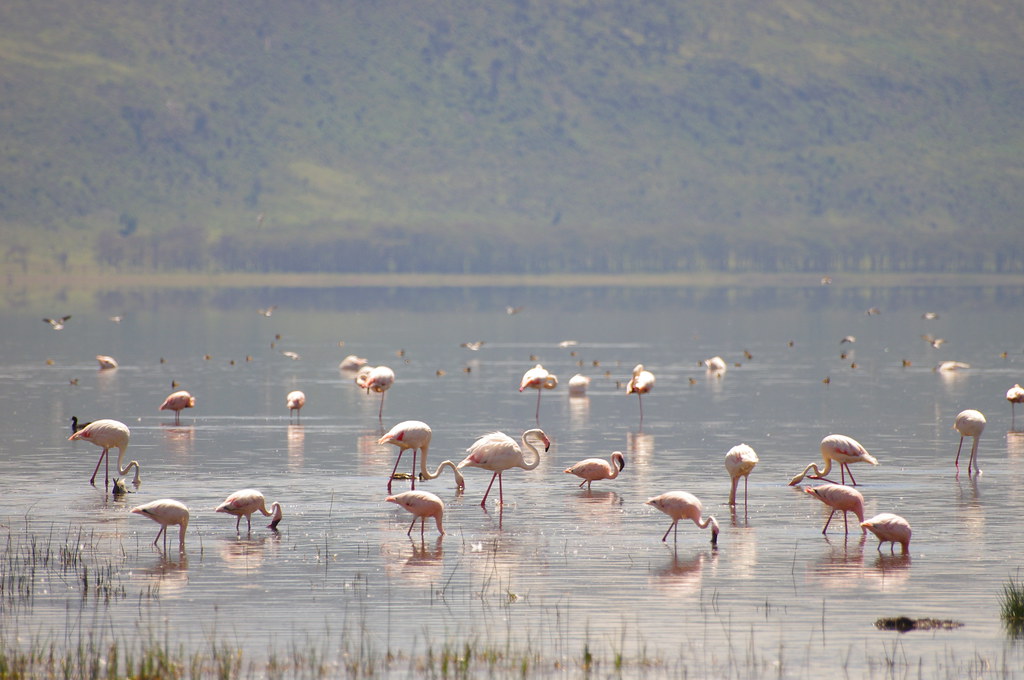 |
| (Raccoon dog pups. Image courtesy of Zooillogix, which has a whole webpage describing raccoon dog biology.) |
This was suggested by the results of the camera trap survey, which was conducted by a pair of researchers from the Tokyo University of Agriculture and Technology, and published in the journal PLoS ONE. The scientists distributed camera traps across 21 forest patches, ranging in size from 3.3 ha all the way up to 797.8 ha; all patches were bounded by major roads (>4 lanes). The traps were active between June and August, which is the period when recently born raccoon dog pups are in the company of their parents (before dispersing in September). The 443 resulting photographs were used to estimate detection rate and probability of occurrence for each site; these variables, in turn, were associated with habitat traits such as the size of the forest patch (or the amount of "local" forest), the amount of forest within 600 m of the focal patch (the amount of "landscape" forest), and the amount of forest cover (a variable that was later discarded because it had no effect on the focal measures).
| (Camera trap photographs collected during the current study. Both photographs show adults, but a pup is present only in the left image. Image courtesy of PLoS ONE.) |
Adult raccoon dogs were photographed in 100% of forest patches, but the researchers calculated that they probably only detected about 62% of all adults living in their study area. There was a slight effect of local patch size on adult detectability, but this was not very strong; in other words, full-grown raccoon dogs appear to use whatever habitat they can find, regardless of how expansive it is. However, only a subset of those individuals actually goes on to produce offspring--a key behavior, of course, in the perpetuation of the species. This pattern was reflected by the much lower number of pups photographed during the study: Pups were seen in only 62% of patches, and occupancy and detection rates were estimated to be ~66% and 28.5%, respectively. As was the case for adult raccoon dogs, pup numbers did not appear to be greatly affected by the landscape variable. However, the occurrence probability was much higher in larger patches. In other words, it appears that raccoon dogs are happy to shelter and feed in any available patch, but will only breed (or breed successfully) in larger areas of forest.
These findings seem to counter previously held assumptions that raccoon dogs are insensitive to urbanization. Adults typically have a large daily home range, and may choose not to breed when they face space constraints. Additionally, their preferred prey (ground beetles) are negatively impacted by both edge effects and reductions in patch size. Thus, the raccoon dogs appear to be affected both directly and indirectly by the size of their habitat. Particularly striking, though, was the lack of effect of the landscape variable: Raccoon dogs living in smaller patches weren't "rescued" by the presence of other nearby patches in which they could forage or raise young. This is likely a result of high mortality rates suffered on the bordering roadways; once the animals are isolated in small patches, they cannot easily go elsewhere.
| (Tokyo: not an easy city in which to retrospectively introduce a forest. Image courtesy of the Japan National Tourism Organization.) |
This suggests that urban planners should either aim to keep a few large reserves in the midst of their cities, or make sure that they provide corridors allowing safe passage between multiple smaller reserves--if they hope to preserve larger species of wildlife, that is. As the researchers point out, these sorts of decisions are best made before too much urbanization occurs, since the presence of infrastructure will drastically reduce flexibility. Forethought, they write, can be "crucial for preventing biodiversity loss worldwide and for managing forest ecosystems in urban landscapes."
---
Find more news like this on the Anthrophysis Facebook page.
Soga, M. and Koike, S. 2013. Large forest patches promote breeding success of a terrestrial mammal in urban landscapes. PLoS ONE 8(1):e51802.













.jpg/800px-Apodemus_sylvaticus_(Sardinia).jpg)




